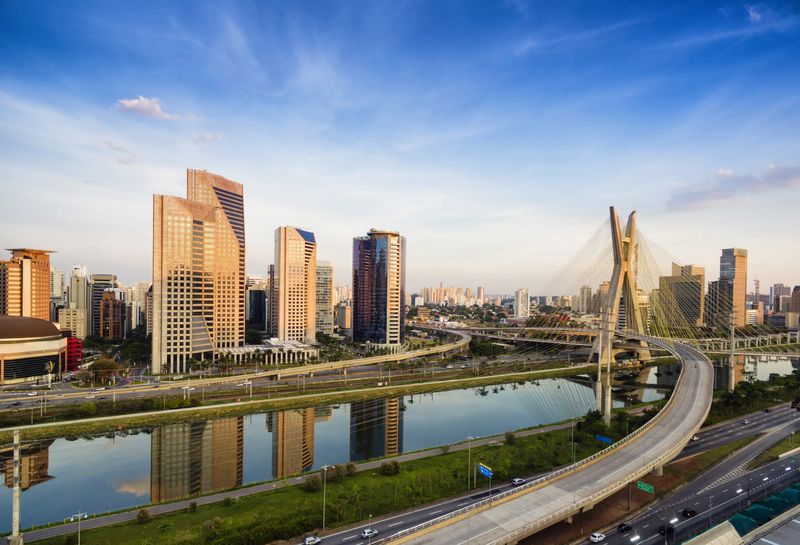The importance of Brazil to South America and the wider world is undeniable. It is home to around half the continent’s population, covers half its geography and contributes about half its GDP. It wields huge political and economic power in the region, while the proportion of the Amazon rain forest in its territory means it plays a global role in realising the world’s climate change ambitions.
Its political history has been volatile, with frequent allegations of corruption against its leaders. And, over the last 20 years, leadership has swung between both ends
of the political spectrum. The extent of political polarisation is, perhaps, exemplified by the recent elections, which pitched left-wing former president Lula da Silva against the right-wing incumbent, Jair Bolsonaro.
It was against this backdrop that IFR, in partnership with Scotiabank, Global Banking and Markets, held its latest LatAm investor webinars. Moderated by Keith Mullin of KM Capital Markets, the webinar brought together a panel from across Brazil’s financial and commercial spectrum to discuss the economy, capital markets and sustainability.
The webcast is free to view, on-demand. Access it here.
To see the digital version of this report, please click here
To purchase printed copies or a PDF of this report, please email gloria.balbastro@lseg.com




